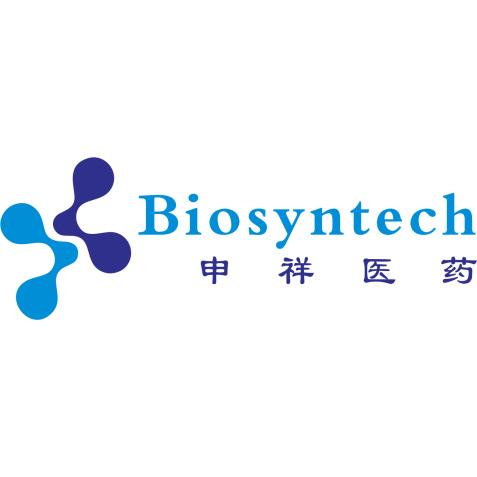b

Thank You!
Your requirement has been sent, we will contact you quickly!
Sent Failed!
Try again!
Roxastat is a new hypoxia inducible factor (HIF) - prolyl hydroxylase (PH) enzyme inhibitor. It can stabilize HIF, inhibit its degradation, activate the transcription of related genes, produce corresponding physiological responses, moderately increase the concentration of erythropoietin and improve erythropoietin (EPO) receptor sensitivity, coordinate the production of erythrocytes, reduce the level of ferritin, increase the content and activity of transferrin receptor, promote the absorption and utilization of iron, and it is well tolerated.
Synonymous | FG-4592;2-(4-hydroxy-1-Methyl-7-phenoxyisoquinoline-3-carboxaMido)acetic acid;N-[(4-Hydroxy-1-Methyl-7-phenoxy-3-isoquinolinyl)carbonyl]glycine |
Structure |
|
CAS | 808118-40-3 |
Molecular Formula | C19H16N2O5 |
Molecular Weight | 352.34 |
Appearance | White powder |
Packing | 25kg cardboard barrel |
Uses | Drugs for the treatment of renal anemia |
Storage | Dark and dry |
Roxastat belongs to 4-hydroxyisoquinoline derivatives and small molecule hif-ph enzyme inhibitors. HIF is an important transcription factor that adapts to the changes of oxygen in vivo. Under normal oxygen conditions, hif-ph enzyme will promote the degradation of HIF; When the body is hypoxic, the activity of hif-ph enzyme is inhibited and the accumulation of HIF increases, so as to induce the corresponding gene expression and make the body adapt to the changes of hypoxia. Under the condition of no hypoxia, rosastat inhibits the activity of hif-ph enzyme, increases the accumulation of HIF, and then produces the corresponding physiological response.

